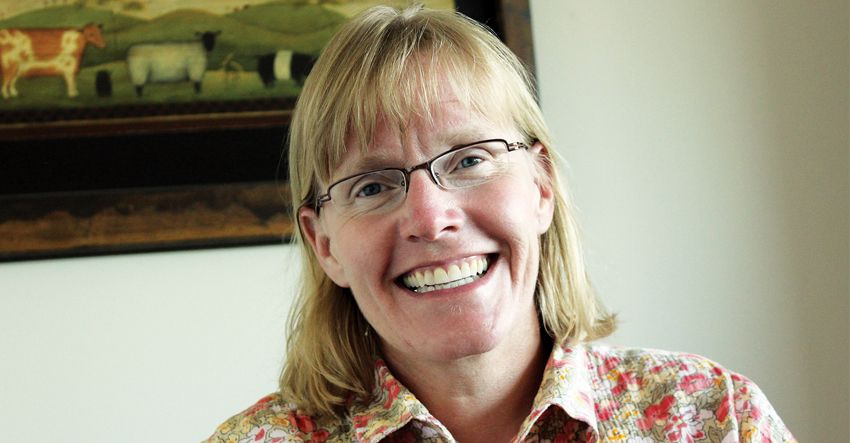

Should My Loved One Live With Me?
Senior care experts always report an increase of calls in January, when holiday visits have revealed to families that an older loved one or a loved one with disabilities is having trouble living safely at home. Family might notice troublesome signs such as a home that is dirty and in poor repair, piles of mail and unpaid bills, and spoiled food in the kitchen. Their loved one is having trouble managing medications, and is missing healthcare appointments. Even a socially distanced televisit can reveal that an older adult has lost weight, is wearing soiled clothing, hasn’t shaved in a while, and seems disoriented and lonely.
Family realize their loved one needs help. Maybe it’s time for their loved one to come live in the home of an adult child or other relative? During the pandemic, many families have been making this choice, sometimes considering it a temporary solution until a senior living community situation is safer.
Yet even before the pandemic, polls were showing a recent, notable trend. A century ago, most seniors lived with their children, and everybody assumed this was their preference. But when Social Security and other senior support services came upon the scene, older adults who were able to live apart from their children often chose to do so.
Now, the pendulum is swinging back a bit. A recent poll from Pew Research Center showed that the number of seniors living in the home of an adult child has increased during the past few decades. Why is this? The cost of housing is a factor. And changing demographics include a larger percentage of people for whom caring for an older adult at home is the traditional choice. Some studies show that as the relationship of young and old has changed in the U.S., more families find home sharing an agreeable lifestyle. And there are more working and long-distance family caregivers. A family caregiver who spends a lot of time making trips back and forth to the folks’ place—across town or across the country—might be thinking, “Wouldn’t it just be easier all around if Mom moved in with us?”
If you are considering sharing your home with an older loved one, here are questions to ask.
1. How will this move affect current household members? Do you have a comfortable relationship with your senior relative? Does your loved one get along with your spouse, children or others who live in the home? Are your lifestyles compatible? How will smoking, quiet hours, entertaining guests and even the choice of background music be negotiated? Will someone have to give up their room?
2. Is my home suitable for my loved one’s needs? If your loved one needs to move because their current home isn’t a good fit, how much better is your place? Is there enough room for your loved one to bring some of their familiar furniture and belongings? Might it be feasible to create a mother-in-law apartment with a separate entrance, or to build an accessory dwelling unit, such as a so-called “granny pod” or backyard cottage?
3. Is your neighborhood senior-friendly? Are there sidewalks and green spaces where your loved one can walk? Is your area relatively safe? If your loved one will be uprooted from a long-time community, what opportunities are available for connecting with new friends? Are senior transportation and support services available?
4. What changes could make your home a better fit? If the layout of your home would present some obstacles for your loved one, look into home modifications. This could be as minor as adding night lights and removing throw rugs, or simple modifications like adding grab bars in the shower, an extra handrail on the stairs, and improved lighting. Certain more extensive accessibility adaptations, such as a wheelchair ramp and widened doorways, might even allow you to more easily age in place someday.
5. What are your loved one’s current care needs—and what happens if they change? Does your loved one require assistance with the activities of daily living—bathing, dressing, going to the toilet, preparing meals, transportation? Are family members comfortable and able to provide that care? What if your loved one were to require more care? Could the home be arranged for single-floor living if your loved one couldn’t manage stairs? Would children be required to help with their relative’s care?
6. If not your home, where? Living in a multigenerational household is not for everyone. Your loved one might erroneously believe that their only options are living with you or going to a nursing home. Explore the continuum of options, including independent senior apartments and assisted living. And one last thought: Maybe you needn’t entirely rule out your loved one’s own home. With professional in-home care and home modifications, it’s possible that staying at home could be a viable option for a while longer. Then, keep your plan updated in anticipation of changes.
7. Who can help? Bringing a loved one with health needs into your home can be a big lifestyle change. Learn about support services that can make it work. Talk to other family members about doing their part. Find out about senior support services in the area. Consult with an aging life care professional (also called a geriatric care manager). And check out professional in-home care. This valuable resource can help families address many of the above concerns.
Professional in-home caregivers partner with families to make life better for everyone. The caregiver can perform many tasks that would otherwise fall on family, interfering with their work or school, their own healthcare, and leisure time for their own pursuits—and, in many cases, even negatively affecting their relationship with their loved one.
Skilled nursing care can be provided in the home for clients who need hands-on medical treatment and supervision. At a lower cost, nonmedical in-home care provides help for seniors who need assistance with daily tasks. Services are tailored to the person’s needs and might include healthcare management, assistance with hygiene and grooming, transportation, safety supervision, and encouragement and support for exercise and socialization. If your loved one is living with Alzheimer’s disease or a related condition, it’s important to hire from an agency that provides memory care training for its caregivers.
Right at Home’s Aging-in-Place Guide is an excellent resource for families to help their older loved one live at home for as long as possible. The easy-to-understand guide helps assess a senior’s health risks for living independently at home and explains the benefits of modifying or remodeling living space for them. The guide also offers room-by-room safety checks and steps to ensure peace of mind for the aging adult and their family.







